Introduction
Home fermentation is more than just a trend—it’s a time-honored practice that allows you to create delicious, nutritious foods right in your kitchen. From tangy sauerkraut to fizzy kombucha, the world of fermented foods offers endless possibilities. However, to achieve the best results, it’s crucial to use the right tools. In this guide, we’ll explore the best equipment for home fermentation, ensuring you have everything you need to ferment with confidence.
1. Fermentation Jars and Crocks
Choosing the Right Fermentation Vessels
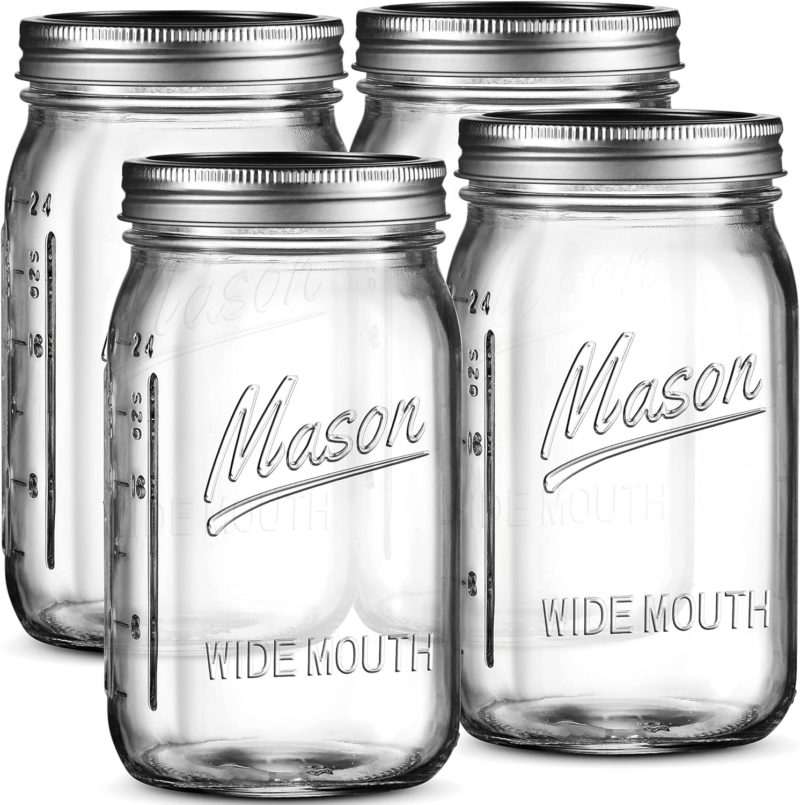
One of the most critical pieces of equipment for home fermentation is the fermentation vessel. The best equipment for home fermentation includes high-quality jars and crocks that provide a controlled environment for your ferments. The choice of vessel can significantly impact the fermentation process, so it’s important to choose wisely.
Glass Jars: Glass jars, particularly mason jars, are ideal for beginners. They are inexpensive, widely available, and allow you to easily monitor the fermentation process. You can see the bubbles forming and the color changing, which is both informative and satisfying. Ball Mason Jars or Weck Jars are popular options that come in various sizes to suit different batches.
Ceramic Crocks: For those looking to ferment larger batches or create traditional ferments like kimchi or sauerkraut, ceramic crocks are the way to go. They maintain a consistent temperature and provide a more authentic fermentation experience. Harsch or Ohio Stoneware crocks are well-regarded for their durability and effectiveness.
Stainless Steel Containers: While less common, stainless steel containers are durable, non-reactive, and easy to clean. They are an excellent option for those who prefer metal over glass or ceramic, but it’s essential to ensure they are food-grade and suitable for fermentation.
2. Airlocks and Lids
Ensuring a Safe Fermentation with Airlocks
To create the best environment for your ferments, consider using airlocks as part of your home fermentation equipment. Airlocks allow gases produced during fermentation to escape while preventing harmful bacteria and oxygen from entering, which could spoil your ferment.
Water-Sealed Airlocks: These are traditional airlocks often used in homebrewing and winemaking. They consist of a chamber filled with water that allows CO2 to escape while keeping air out. They are reliable and widely used in home fermentation.

Silicone Airlocks: Silicone airlocks, like the ones from Masontops, are simple and effective. They fit directly on top of mason jars and create an airtight seal. They’re perfect for beginners due to their ease of use and low maintenance.
Pickling Pipes: These low-profile silicone airlocks are designed to fit on regular mason jars. They are an excellent option for small-batch fermenters who want to minimize space without sacrificing quality. The Pickle Pipe from MasonTops is a popular choice among fermenters.
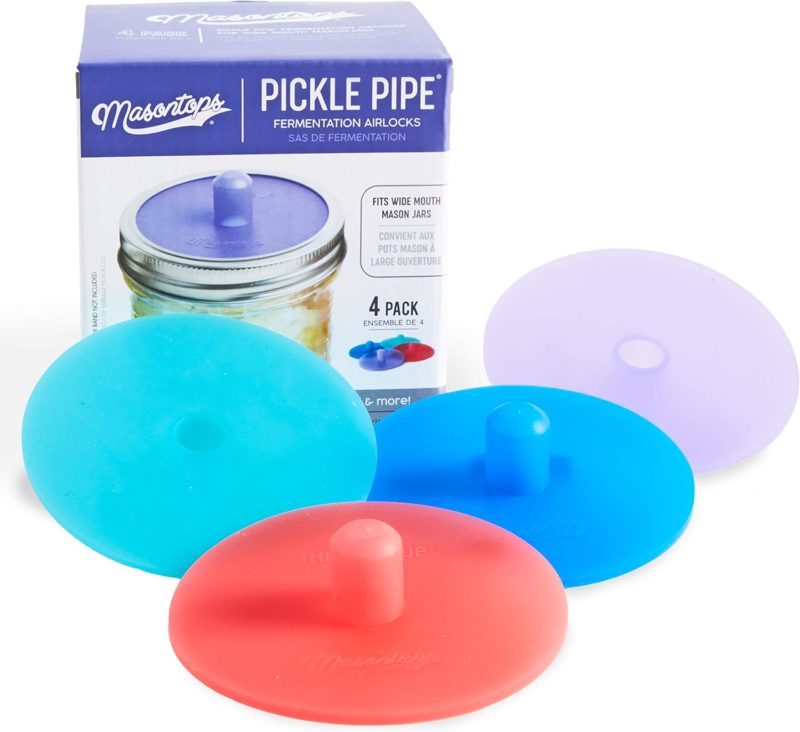
When choosing lids, ensure they fit well and create an airtight seal. Fermentation-specific lids often include a built-in airlock or gasket, which helps maintain the proper environment inside the jar.
3. Weights and Presses
Keeping Your Ferments Submerged with Weights
The best equipment for home fermentation includes weights or presses to keep your fermenting ingredients submerged in brine. This is crucial because exposure to air can lead to mold growth, which can spoil the entire batch.
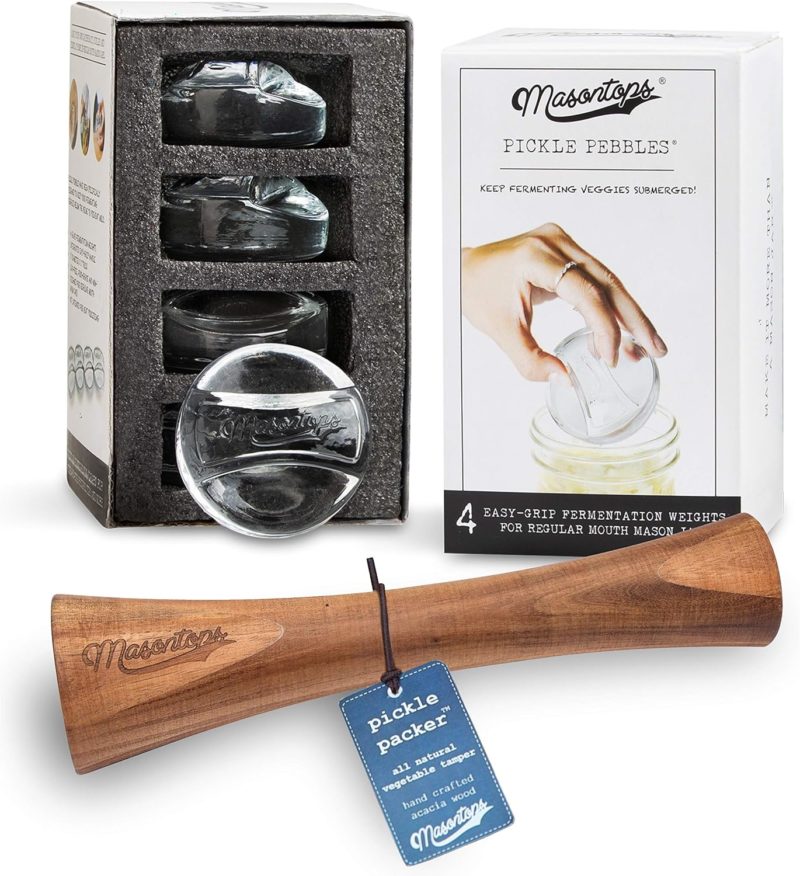
Glass Weights: Glass fermentation weights, like those from Nourished Essentials, are a common choice for use with mason jars. They’re transparent, easy to clean, and heavy enough to keep your ingredients fully submerged.
Ceramic Weights: Ceramic weights are ideal for larger fermentation crocks. They are typically heavier than glass weights and are designed to fit perfectly inside your crock, ensuring that all ingredients stay beneath the brine. The Tomo Ceramic Weights are a popular option for larger fermentations.
Stainless Steel Weights: Stainless steel weights are another durable option. They are non-reactive and easy to sanitize. Make sure to choose food-grade stainless steel to ensure they are safe for use in fermentation.
To use weights effectively, place them on top of your fermenting ingredients after they are packed into the jar or crock. This helps keep everything submerged and encourages a healthy, anaerobic fermentation environment.
4. Thermometers
Monitoring Temperature for Perfect Fermentation
Temperature plays a crucial role in fermentation, and having the best equipment for home fermentation includes a reliable thermometer. Ferments often require specific temperature ranges to develop the desired flavors and textures, so monitoring the temperature can help you achieve consistent results.
Digital Thermometers: Digital thermometers provide quick and accurate readings, making them a valuable tool for home fermenters. They are especially useful for checking the temperature of your fermentation space or the ferment itself. The TP19 Waterproof Digital Meat Thermometer is a popular choice due to its accuracy and ease of use.

Infrared Thermometers: Infrared thermometers allow you to check the surface temperature of your jars or crocks without direct contact. This can be particularly useful for monitoring multiple ferments at once. The Etekcity Lasergrip 1080 Infrared Thermometer is a reliable and affordable option.
Stick-On Thermometers: These adhesive thermometers can be attached directly to your fermentation vessels, allowing you to monitor the temperature at a glance. They’re particularly useful for crock fermenters where internal temperature is key. The Fermenter’s Favorites Stick-On Thermometer is a popular and affordable choice.
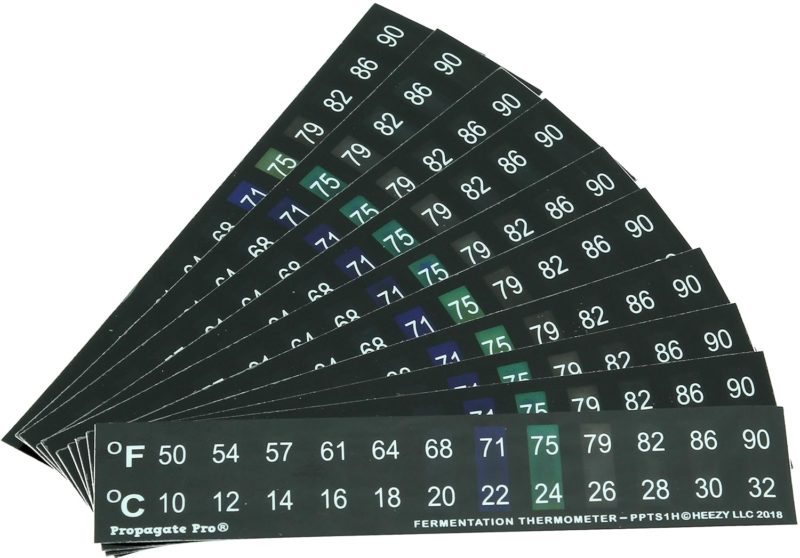
Maintaining the correct temperature range for your specific ferment is crucial. If the temperature is too low, fermentation may slow down or stop altogether. If it’s too high, you risk killing the beneficial bacteria or yeast needed for successful fermentation.
5. pH Meters and Strips
Ensuring Safety with pH Testing
Ensuring the safety and quality of your ferments requires monitoring acidity levels, making a pH meter or strips an essential part of your home fermentation equipment. pH testing helps you confirm that your ferment has reached the necessary acidity level to prevent harmful pathogens from growing.
Digital pH Meters: Digital pH meters offer precise readings, making them the preferred choice for many serious fermenters. They do require calibration and regular maintenance but provide accurate and reliable results. The Apera Instruments pH Meter is highly rated for its accuracy and ease of use.
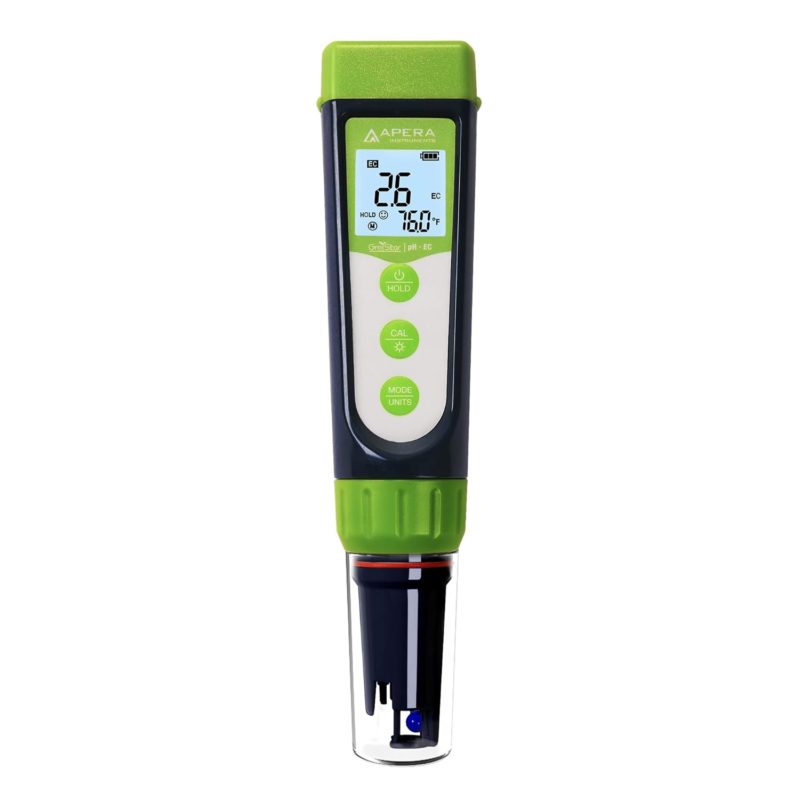
pH Strips: pH strips are an affordable and easy-to-use alternative to digital meters. While they are less precise, they are sufficient for most home fermentation needs. Hydrion pH Strips offer a wide range of readings and are a great choice for beginners.
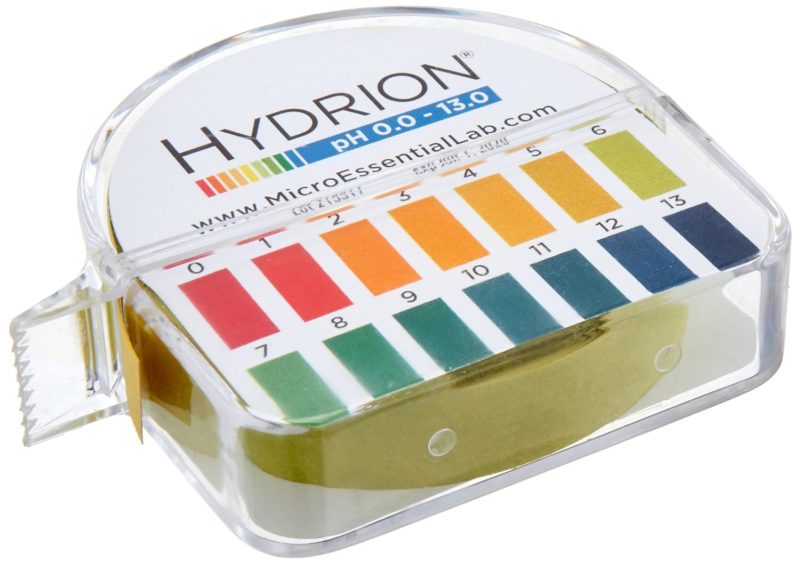
To use pH testing tools effectively, take a small sample of your ferment and test it regularly. Most ferments should reach a pH level of 4.6 or lower to ensure they are safe to eat.
6. Miscellaneous Tools
Additional Tools for Home Fermentation
While the above tools are essential, the best equipment for home fermentation also includes a few miscellaneous items that can enhance your fermentation experience.
Funnels: Funnels are invaluable for transferring liquids or brine into your fermentation vessels without making a mess. Stainless steel or silicone funnels are durable and easy to clean, making them a great addition to your fermentation toolkit.
Fermentation Mats: Fermentation mats help maintain a consistent temperature for your ferments, especially in cooler climates. They can be particularly useful during the winter months when room temperatures may drop below the optimal range for fermentation.
Tongs and Gloves: Handling fermented foods can be messy, and using tongs or gloves helps maintain hygiene while minimizing direct contact with your ferments. Silicone tongs and food-safe gloves are both practical and easy to clean.
Each of these tools serves a specific purpose in the fermentation process, making them useful additions to your fermentation setup.
7. Cleaning and Maintenance
Caring for Your Fermentation Equipment
To ensure longevity and maintain the quality of the best equipment for home fermentation, proper cleaning and maintenance are essential. Clean equipment helps prevent contamination and ensures that your ferments remain safe and delicious.
Cleaning Tips: Always clean your fermentation equipment thoroughly after each use. For glass and ceramic items, hot water and mild soap are usually sufficient. Avoid using harsh chemicals that could leave residues and affect your next batch.
Sterilization: Sterilizing your equipment before use can further reduce the risk of contamination. Boiling glass jars, crocks, and weights for 10 minutes is an effective way to sterilize them. Alternatively, use a food-safe sterilizing solution.
Maintenance: Regularly inspect your equipment for signs of wear or damage. Replace any cracked jars, chipped crocks, or rusted weights to ensure your ferments remain safe. Proper storage of your equipment in a clean, dry place will also extend its lifespan.
Conclusion
Investing in the best equipment for home fermentation can greatly improve the quality and safety of your ferments. Whether you’re just starting or looking to upgrade your tools, the right equipment makes all the difference. From jars and crocks to thermometers and pH meters, each piece of equipment plays a crucial role in ensuring successful fermentation. By choosing the right tools and maintaining them properly, you can enjoy the full benefits of home fermentation with confidence.
This site is a participant in the Amazon Services LLC Associates Program and contains affiliate links to products. We may receive a commission for purchases made through these links.

[…] Thermometer to monitor the temperature of your fermenting environment. […]